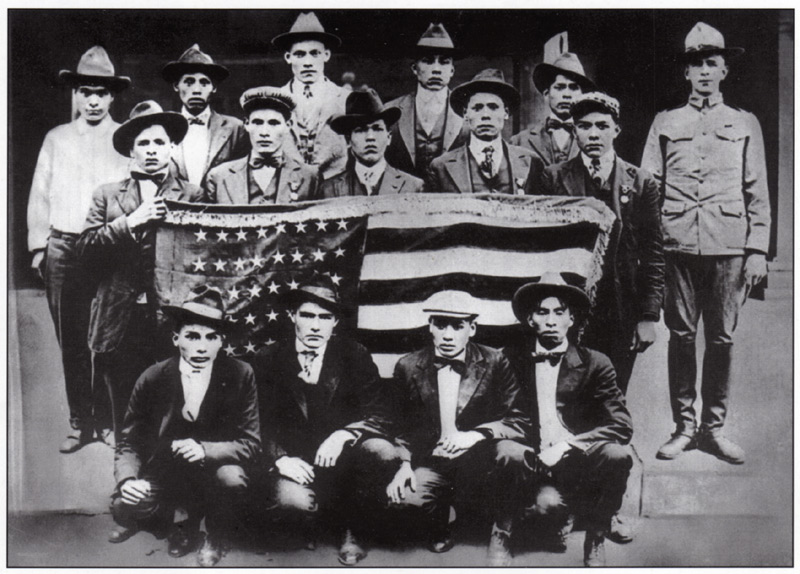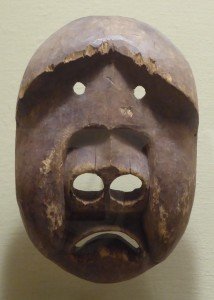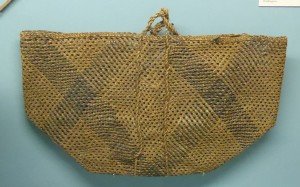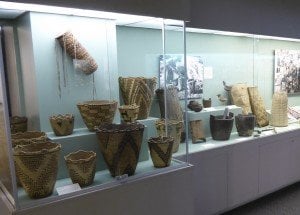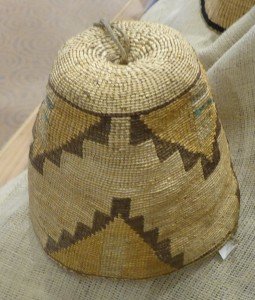American Indian Code Talkers
One of the concerns in organized military warfare is the need for communication and the need to conceal that communication from the enemy. During the nineteenth century, the American military relied on bugles, drums, and flags to communicate on the battlefield. By the beginning of the twentieth century, the nature of long distance human communication … Continued
